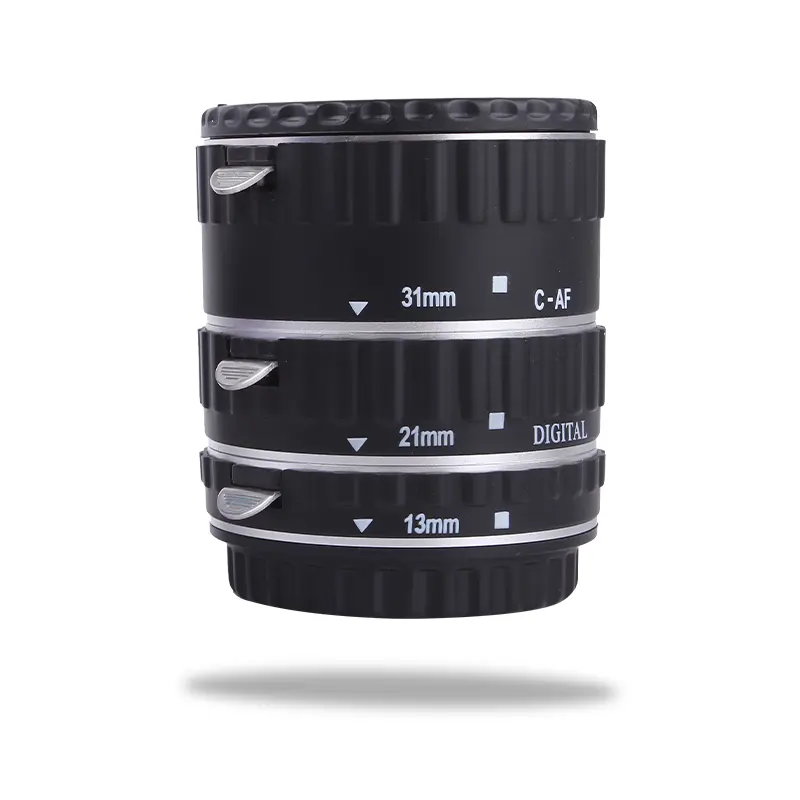

Time:2025-03-28 Views:1

Macro lens adapters are essential accessories for photographers who want to achieve close - up, detailed shots. However, concerns about their durability, specifically the potential for breakage, are valid.
Mechanical Stress and Breakage
Macro lens adapters are designed to bridge the gap between a camera body and a macro lens, often allowing for adjustments in focal length and magnification. During normal use, they are subjected to mechanical stress. For instance, when attaching or detaching the adapter from the camera or lens, there is a certain amount of force applied. If the adapter is made of low - quality materials or has a poor design, repeated attachment and detachment can cause stress points to form. Over time, these stress points can lead to cracks and eventually breakage. Additionally, if a photographer accidentally drops the camera with the adapter attached, the impact can be severe enough to break the adapter. The part of the adapter that connects to the camera mount, such as the bayonet - type connection, is particularly vulnerable. A strong impact can distort the connection mechanism, rendering the adapter useless or causing it to break off completely.
Material Quality and Breakage Resistance
The material used in the construction of macro lens adapters plays a crucial role in determining their resistance to breakage. High - quality adapters are typically made of durable metals, such as aluminum alloy or brass. Aluminum alloy is lightweight yet offers good strength and corrosion resistance. Brass, on the other hand, is known for its toughness and excellent machinability. Adapters made from these materials are less likely to break under normal use. In contrast, some cheaper adapters may be made of plastic. While plastic can be lightweight and cost - effective, it is generally more prone to breakage. Plastic adapters may crack when exposed to relatively small amounts of stress, especially if they are not reinforced. For example, if a plastic - bodied adapter is twisted or bent slightly during attachment, it could develop a crack, which may grow over time and eventually lead to complete failure.
Design Factors Affecting Breakage
The design of the macro lens adapter also influences its susceptibility to breakage. A well - designed adapter will distribute stress evenly across its structure. For example, adapters with a solid, one - piece construction are often more robust than those with multiple, assembled parts. In an adapter with multiple parts, the joints between the components can be weak points. If the connection between these parts is not properly designed or if the fastening mechanisms, such as screws or clips, are not secure, the adapter may come apart or break at these joints. Additionally, adapters with a large number of moving parts, such as those that offer complex focusing or magnification adjustments, need to be carefully engineered to ensure that the moving parts do not cause excessive stress on the overall structure. If the moving parts are not aligned correctly or if there is too much friction during operation, it can lead to premature wear and potential breakage.
Read recommendations:
OEM Customized CNC machining Aluminum photography accessories Camera Cage Handle Grip
motorcycle camera mount Wholesale market